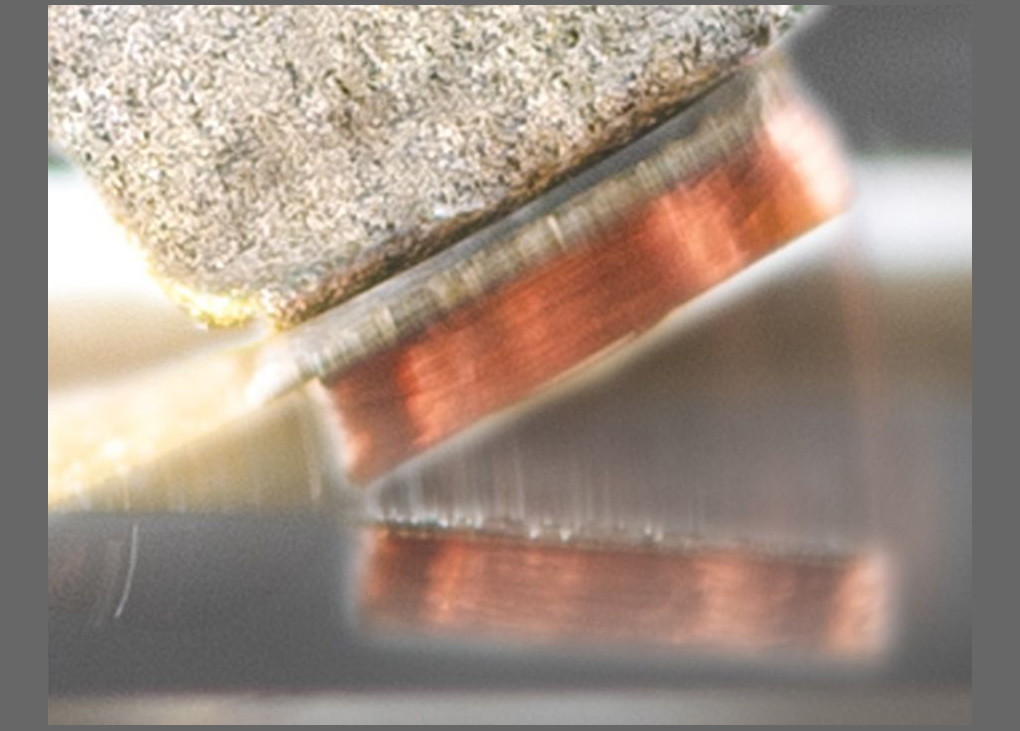Scientists at Karlsruhe Institute of Technology (KIT) and Tōhoku University in Japan have successfully increased the electrical power per footprint of thermomagnetic generators.
Scientists have long been trying to find ways to harness waste heat. Recently, there was increased interest in finding new thermoelectric materials.
Many technical processes unintentionally release unused heat into the environment, when it could be possible to re-use it for heat supply or power generation.
Thermoelectric materials can be toxic and are more expensive, and the research team at KIT and Tōhoku University are suggesting thermomagnetic generators could be an alternative.
Thermoelectric materials create a source of energy by taking a heat current from a warmer area to a cooler area. Thermomagnetic generators are based on alloys whose magnetic properties are highly temperature-dependent. Alternating magnetisation induces an electrical voltage in a coil applied.
The researchers from KIT and Tōhoku University used a nickel-manganese-gallium alloy and found that alloy film thickness and the device footprint influence electrical power in opposite directions.
Based on this finding, they succeeded in improving electrical power per footprint by a factor of 3.4 by increasing the thickness of the alloy film from 5 to 40 micrometers. The thermomagnetic generators reached a maximum electrical power of 50 microwatts per square centimeter at a temperature change of just 3°C.
Head of the Smart Materials and Devices Group of IMT, Professor Manfred Kohl, says thermomagnetic generators are now competitive with established thermoelectric generators for the first time.
“With this, we have come a lot closer to the goal of converting waste heat into electrical power at small temperature differences,” says Prof. Kohl.
Click here for more information.
Image credit: IMT/KIT



Leave a Reply